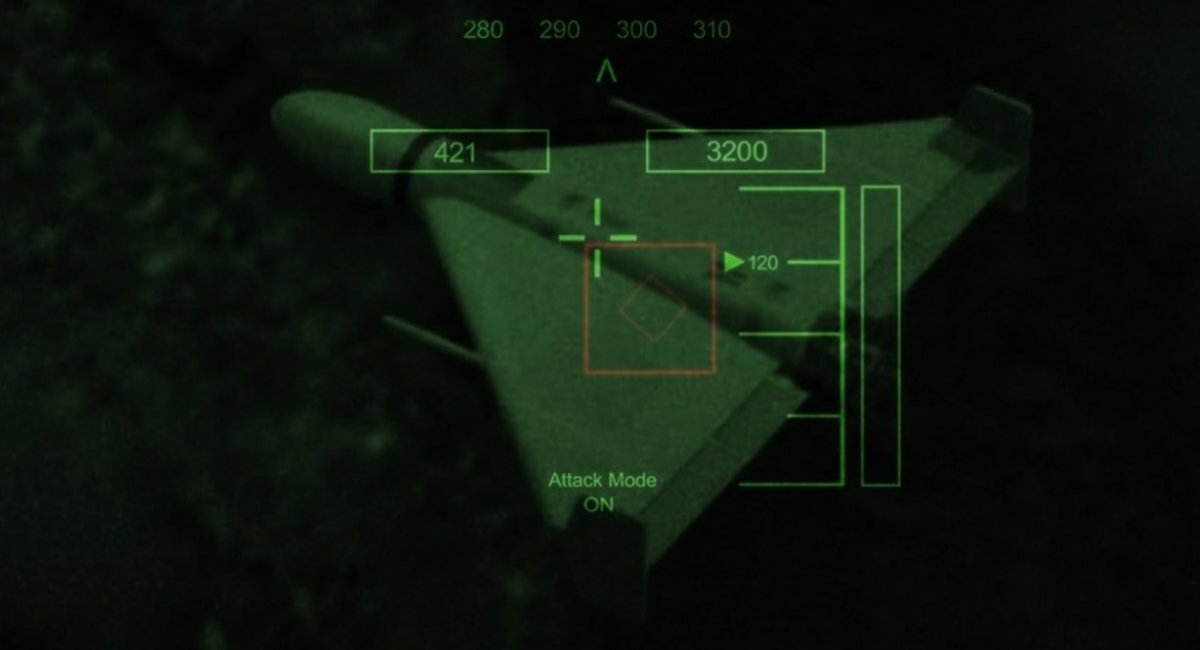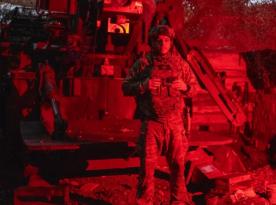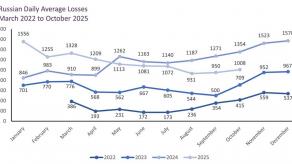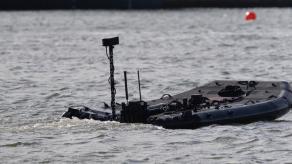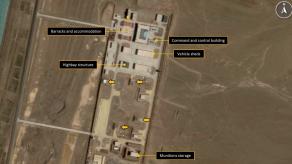Ukrainian company The Fourth Law (TFL) announced today, July 15, the launch of mass production of its new product — an off-the-shelf drone with the TFL-1 homing system based on the so-called "machine vision." Using AI-powered visual recognition technologies, it enables the drone to automatically approach and hit the target selected by its operator.
This guidance system is already actively used by Ukrainian combat units on the war frontline and has proven its effectiveness in helping FPV drones to reach their targets, ignoring any electronic warfare. The development was supported by funding from the EU, the USA and Canada.
Read more: Mysteries of Swift Beat: Ukraine's New Drone Supplier With Director Ex-Google CEO, White Stork, and AI
TFL notes that their system is designed for mass production, up to hundreds of thousands of drones per month. Importantly, the integrating this homing system only increases the price of an FPV drone by a relatively small percentage. Furthermore, any type of FPV drone can use it, and most of the mass-produced models from large drone manufacturers commonly seen in battle already employ this know-how, the company stated.
That said, the next step is to develop a reliable guidance system for interceptor drones, Defense Express notes. While FPV drones mostly deal with on-ground targets like vehicles, fortifications, or infantry, adapting the technology for anti-air use is a difficult challenge but one that needs to be overcome: russian Shahed-136/131 attacks occur almost daily, bringing destruction and civilian casualties to Ukrainian rear cities.
For a while now, Ukrainian engineers have been considering interceptor drones as an alternative to expensive missiles. One of the keys to implementing this concept and making it scalable is to diminish the dependence of the drone's effectiveness on the operator's personal skill.
To top it off, any anti-aircraft weapon needs to work round the clock, in any weather, in any direction, and ready to engage multiple threats at once. On the other hand, the current situation where one pilot operates one drone and has one chance to intercept one Shahed only in pursuit mode is not a definitive solution to the problem.
This is where an additional guidance system should be the solution. It can at least increase the chances of interception and ease the requirements for operator's dexterity. Once this component is figured out, the creation of fully autonomous anti-aircraft drones becomes possible.
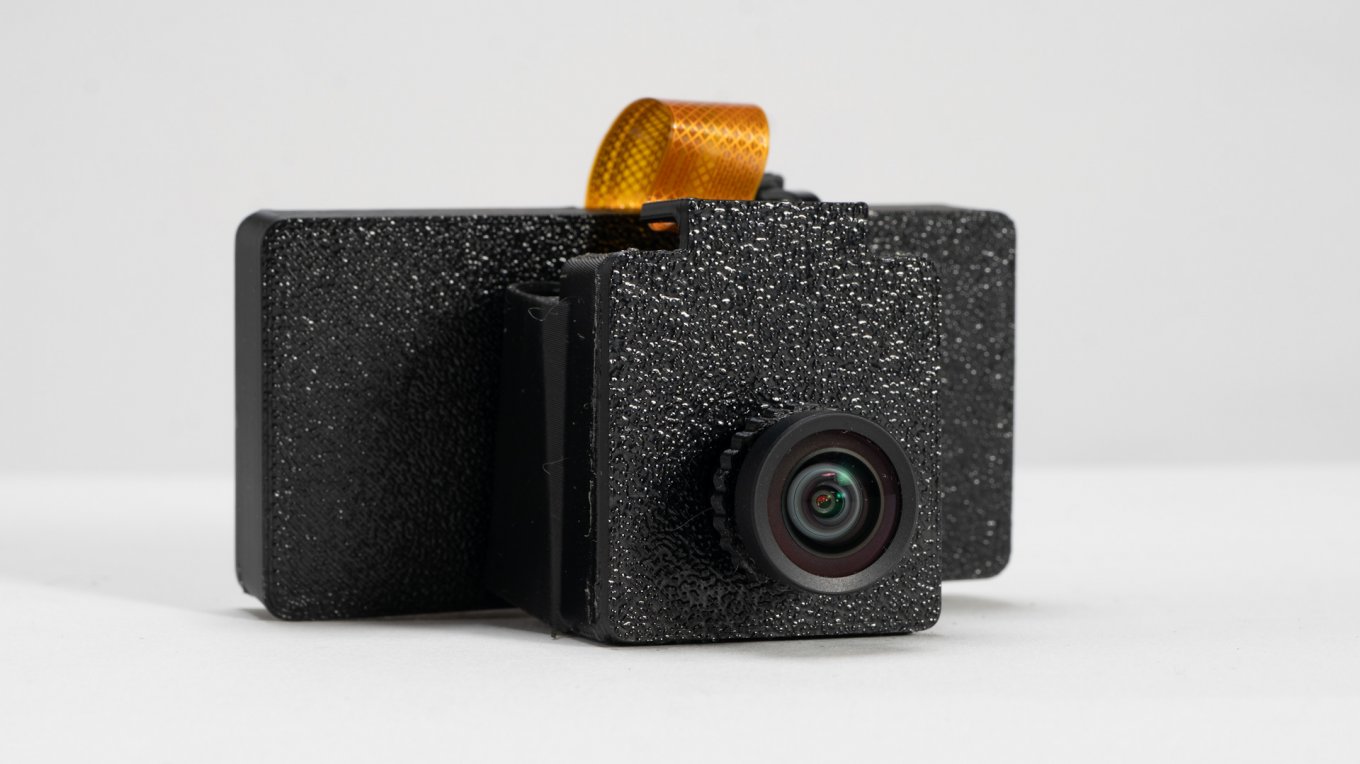
That said, considering that Ukraine has managed to develop a technology capable of recognizing and following a moving target on the ground, it may seem that locking on a Shahed-136 contrasting against blue sky should be easier. However, it's not the case.
To clarify what makes machine vision against airborne targets so difficult to develop, Defense Express talked to the founder and head of TFL, Yaroslav Azhniuk.
"Most people, who look at the issues of drone autonomy, first think about the problems of computer vision, target detection, and tracking. They consider this to be the most complex task, also requiring significant computing capabilities. But it's an incorrect perspective. This part is not so complicated compared to the [drone] control problem," Azhniuk said.
The higher the speeds, the more complicated it becomes to steer the drone, he explains. It becomes even worse at high altitudes due to air rarefaction, winds, and the air flow behind the Shahed.
"Compared to a ground target, in this case, the attack targets an object that moves in three dimensions. Therefore, everything is not as simple as it seems when it comes to autonomous guidance for anti-aircraft drones," our guest noted.
Soldiers of the 1129th Air Defense Regiment shot down five russian Gerbera UAVs using FPV interceptors provided through the ReDrone program.In times of air defense missile shortages, taking down enemy drones with cost-effective FPVs is more critical than ever.Help our… pic.twitter.com/IM5hAvWxbM — Спільнота Стерненка (@sternenkofund) June 22, 2025
Just studying this topic in earnest can take weeks, he stressed. Here, Defense Express can only add that the development of drones with machine vision is a stark example of the illusory ease. A year ago, when machine vision technology was on a quick rise, there was a popular delusion that making a working anti-air system wouldn't take long. But it's only now that the first effective solutions are starting to enter serial production.
That is why the The Fourth Law company emphasized that the development of its TFL-1 system required full focus on creating a guidance system exclusively for quadcopter drones. It currently cannot be integrated into winged types, like the Bulava kamikaze drone.
TFL explains that it's a matter of prioritizing the tasks of the engineering team. Since FPVs are the most common weapons on the front, a guidance system for this class is top priority. With appropriate funding, they would move on to the next step: leveling up the autonomy and integration across various platforms, including fixed-wings.
They assure that upon receiving an order and funds, creating an anti-air system can be solved. The TFL director estimates that it may take no less than 4 months from the moment a special team starts assembling to presenting the first ready-to-use solution. And these are optimistic, very high-tempo timelines.
Read more: Interceptor Drones as Solution to the Shahed-136 Problem: It's Not Simple But There's Potential



